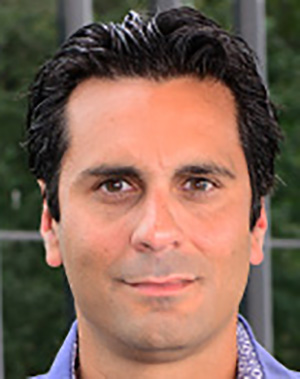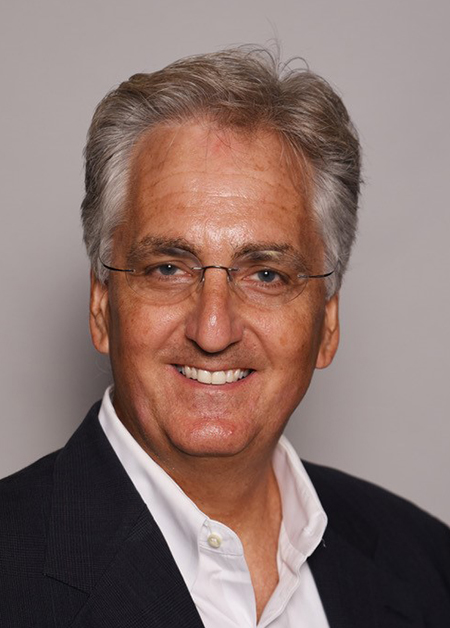

The PCR and real-time PCR molecular diagnostics was valued at $4 billion in 2019.

The PCR and real-time PCR molecular diagnostics was valued at $4 billion in 2019.

Adopting new technology to ensure the health and safety of patients shouldn’t adversely affect security and privacy.

Medical device security needs to address the cyber-physical threats, not just patient health information risk.

Under the new regulation, medtech manufacturers can no longer defend their claims with limited clinical data; the depth, breadth and scrutiny on clinical data is much more rigorous.

Jennifer Fried, CEO of ExplORer Surgical, explains the stress that COVID-19 has placed on healthcare and the shift in how medical device reps are connecting with hospitals and healthcare providers.

The pandemic has revealed some inadequacies in the way medical device suppliers manage regulated product information. The following is a look back on a challenging year and suggestions for practical improvements to cope with continued uncertainty in 2021.

As one of the nation’s largest industries, and one that is experiencing serious issues with cost, staffing and customer experience, healthcare is a prime candidate for IoT solutions.

To achieve success in this market, device manufacturers should consider working with providers to help contain costs and enhance outcomes.

No longer just “the big company advantage,” Arlen Ward discusses how CM&S is an accepted and viable device industry path to market for large and small medical device makers alike.

The collective variables within the healthcare system make it difficult to guarantee device security all the time.